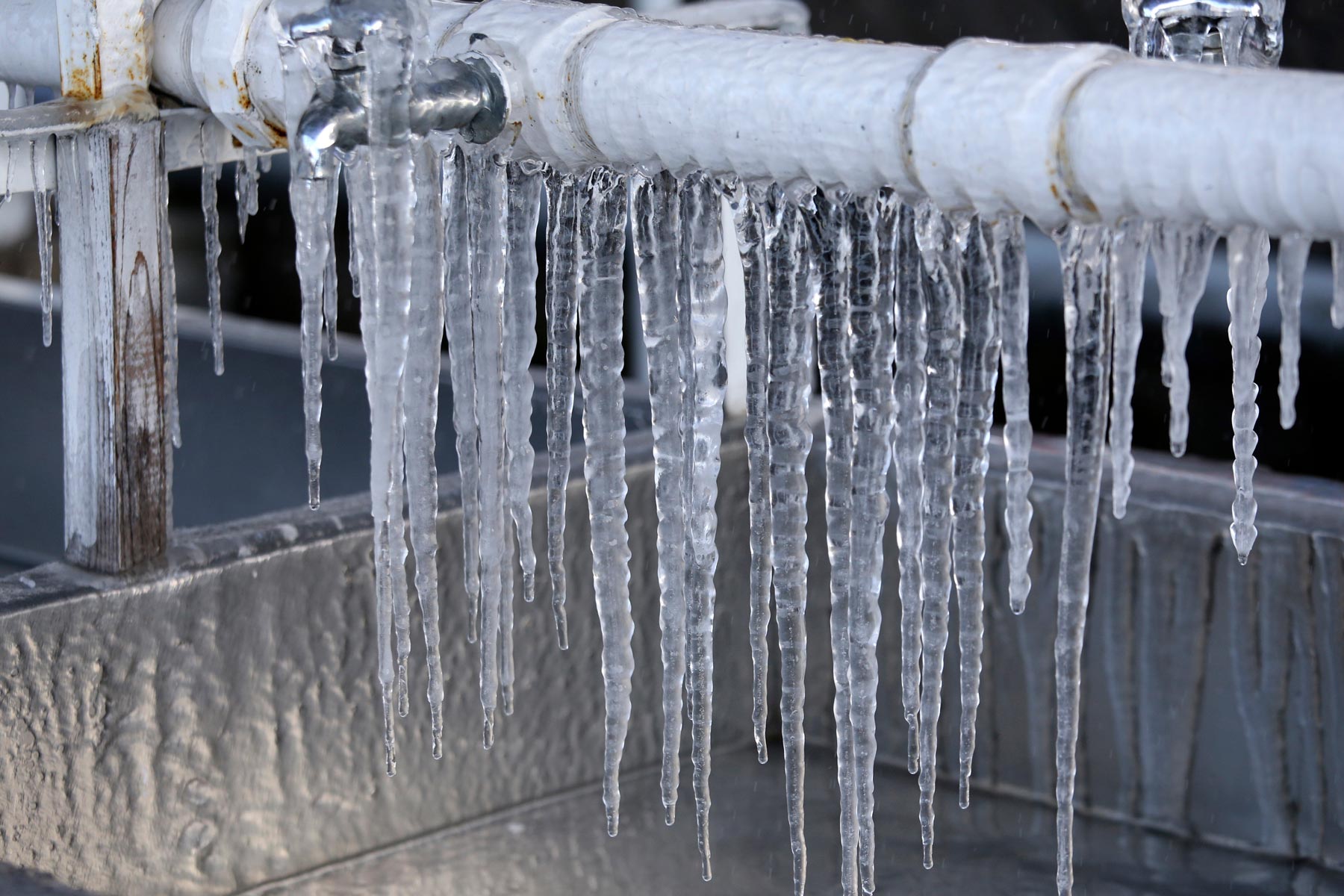Tips to Prevent Frozen Pipes in Winter: Expert Guidance
Tips to Prevent Frozen Pipes in Winter: Expert Guidance
Blog Article
Just how do you feel on the subject of How To Avoid Freezing Pipes?

Winter can wreak havoc on your plumbing, especially by freezing pipelines. Below's just how to prevent it from happening and what to do if it does.
Introduction
As temperatures decline, the threat of frozen pipelines increases, potentially leading to pricey repair work and water damages. Comprehending how to avoid frozen pipes is crucial for home owners in cold environments.
Prevention Tips
Protecting at risk pipes
Cover pipelines in insulation sleeves or use warm tape to shield them from freezing temperatures. Concentrate on pipes in unheated or external locations of the home.
Home heating techniques
Maintain indoor areas sufficiently heated up, especially locations with pipes. Open up cupboard doors to enable warm air to circulate around pipes under sinks.
How to identify icy pipes
Search for lowered water flow from faucets, uncommon smells or noises from pipes, and visible frost on revealed pipelines.
Long-Term Solutions
Structural modifications
Take into consideration rerouting pipelines far from outside walls or unheated areas. Add extra insulation to attics, basements, and crawl spaces.
Upgrading insulation
Invest in high-grade insulation for pipelines, attic rooms, and wall surfaces. Appropriate insulation assists maintain regular temperatures and reduces the danger of frozen pipelines.
Protecting Exterior Plumbing
Yard tubes and outdoor taps
Separate and drain garden hose pipes prior to wintertime. Mount frost-proof spigots or cover outside taps with insulated caps.
Comprehending Icy Pipes
What causes pipes to ice up?
Pipelines ice up when exposed to temperatures listed below 32 ° F (0 ° C) for expanded durations. As water inside the pipelines freezes, it expands, putting pressure on the pipeline wall surfaces and possibly creating them to break.
Threats and problems
Icy pipelines can bring about water supply disruptions, residential property damages, and costly repair work. Burst pipes can flooding homes and trigger comprehensive architectural damages.
Signs of Frozen Piping
Determining frozen pipelines early can prevent them from breaking.
What to Do If Your Pipes Freeze
Immediate activities to take
If you presume frozen pipes, maintain faucets open up to ease stress as the ice melts. Make use of a hairdryer or towels soaked in hot water to thaw pipelines slowly.
Conclusion
Stopping icy pipelines requires positive measures and fast reactions. By recognizing the causes, indications, and safety nets, house owners can shield their plumbing throughout winter.
5 Ways to Prevent Frozen Pipes
Drain Outdoor Faucets and Disconnect Hoses
First, close the shut-off valve that controls the flow of water in the pipe to your outdoor faucet. Then, head outside to disconnect and drain your hose and open the outdoor faucet to allow the water to completely drain out of the line. Turn off the faucet when done. Finally, head back to the shut-off valve and drain the remaining water inside the pipe into a bucket or container. Additionally, if you have a home irrigation system, you should consider hiring an expert to clear the system of water each year.
Insulate Pipes
One of the best and most cost-effective methods for preventing frozen water pipes is to wrap your pipes with insulation. This is especially important for areas in your home that aren’t exposed to heat, such as an attic. We suggest using foam sleeves, which can typically be found at your local hardware store.
Keep Heat Running at 65
Your pipes are located inside your walls, and the temperature there is much colder than the rest of the house. To prevent your pipes from freezing, The Insurance Information Institute suggests that you keep your home heated to at least 65 degrees, even when traveling. You may want to invest in smart devices that can keep an eye on the temperature in your home while you’re away.
Leave Water Dripping
Moving water — even a small trickle — can prevent ice from forming inside your pipes. When freezing temps are imminent, start a drip of water from all faucets that serve exposed pipes. Leaving a few faucets running will also help relieve pressure inside the pipes and help prevent a rupture if the water inside freezes.
Open Cupboard Doors
Warm your kitchen and bathroom pipes by opening cupboards and vanities. You should also leave your interior doors ajar to help warm air circulate evenly throughout your home.

I am just very focused on 6 Ways to Prevent Frozen Pipes and I'm hoping you appreciated our blog post. Feel free to pause to share this blog if you appreciated it. Thanks so much for taking the time to read it.
Schedule A Service Report this page